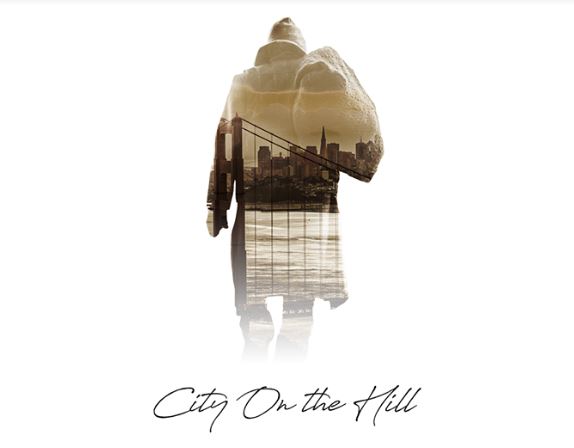[ad_1]
By Micha Green
AFRO D.C. Editor
[email protected]
While D.M.V. natives Xavier Underwood and Adam Fleishman have seen their fair share of homelessness and gentrification, another major city captured the documentarians’ attention due to its disproportionate wealth and housing gap that would even make a Washingtonian clutch their pearls. City on the Hill, produced by Armstrong Williams and Howard Stirk Holdings, tells the story of extreme homelessness juxtaposed with wealth and the people who work to combat it daily in San Francisco, California. In just under an hour, this multi-award nominated film captivates audiences’ hearts, minds and perspectives through a narrative of inequity, poverty, gentrification, beating the odds and clinging onto cultural values.
“None of us is far from homelessness, especially in a city [like] San Francisco, so we need to recognize that and the complexity of this issue,” said Jessica Donig, co-founder and executive director of the non-profit organization Miracle Messages in San Francisco.

In a city that has more billionaires per capita than anywhere else in the world, San Francisco struggles with severe homelessness as housing prices have skyrocketed to unreasonable prices. The film explains and depicts homelessness so extreme that it can be compared to that of some Third-World countries.
Although heart wrenching images and stories of homelessness fill the 58-minute documentary, it is filmed beautifully with captivating images, strong storytellers and healthy food for thought.
The documentary’s storytellers’ include a strong cast of community members and leaders, politicians, CEOs and those who have experienced homelessness to paint a picture of a place with a lot of different cultures and people and shifts, but through the ups and downs, remains the beautifully complicated “city on the hill.” Underwood, a D.C. native, interviewed notable and motivating San Franciscans including: Donig of Miracle Messages, Senior Director of Center for Social Justice at Glide Foundation San Francisco Miguel Bustos, and President of the San Francisco NAACP and the Pastor of Third Baptist Church of San Francisco since 1976 Rev. Dr. Amos Brown. Other notable interviewees include Secretary of Housing and Urban Development Benjamin Carson, who is able to speak to the issue from a national lens and Nancy Conrad of the Conrad Foundation, in honor of her husband, Charles “Pete” Conrad, who was the third man to walk on the Moon as part of the Apollo 12 mission. Through the engaging interviews of these leaders and community members- who vary from formerly homeless to cab drivers- audiences understand the major changes in San Francisco that led to their extreme housing crisis.
In addition, through the film, audiences learn of San Francisco’s former history from when multiple races lived within the city, to when it was considered “the Harlem of the West,” to now the severe disparity in wealth and housing.
By the end of City on the Hill, audiences understand the major gentrification and homelessness crisis found in San Francisco, but also the many people who work hard to combat it and are focused on cultural and community sustainability.
Already nominated for awards and presentations in festivals, including: Chesapeake Film Festival, ARFF Amsterdam// International Awards, The South African Independent Film Festival, FLICKFAIR and the Triumphant Film Series, City on the Hill is definitely a film that exposes a side of San Francisco that is very different than Full House and more intricate than the Bay Bridge. At the close of City on the Hill, Dr. Brown offers a suggestion for San Francisco that encourages embracing its diversity and people. He said that the city should not be called a “melting pot,” but instead “a salad bowl,” where each culture, race, ethnicity and socio-economic background adds unique flavor to make a beautiful whole.
The film depicts poverty, but also resiliency, and in a time of pandemic, police brutality, systemic racism (seen in the film) and protests, the positivity despite the challenges in the documentary makes for a feel-good ending.
[ad_2]
Source link
